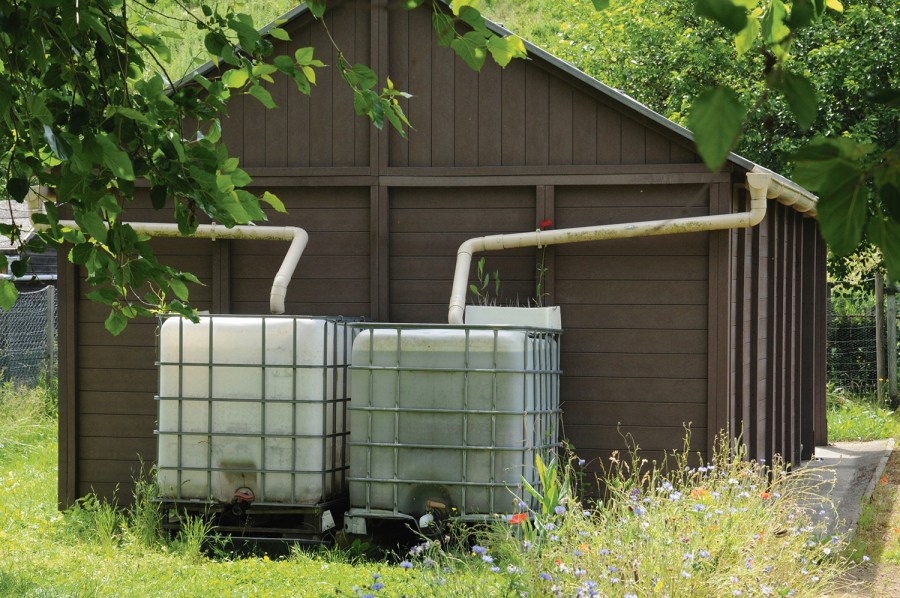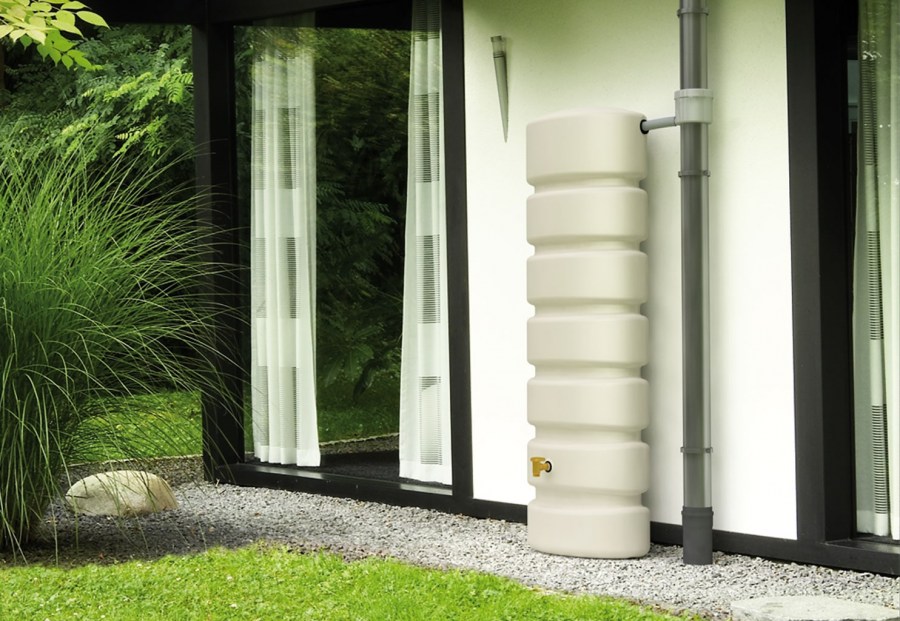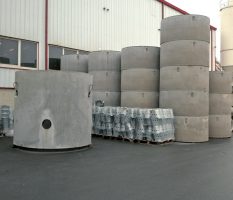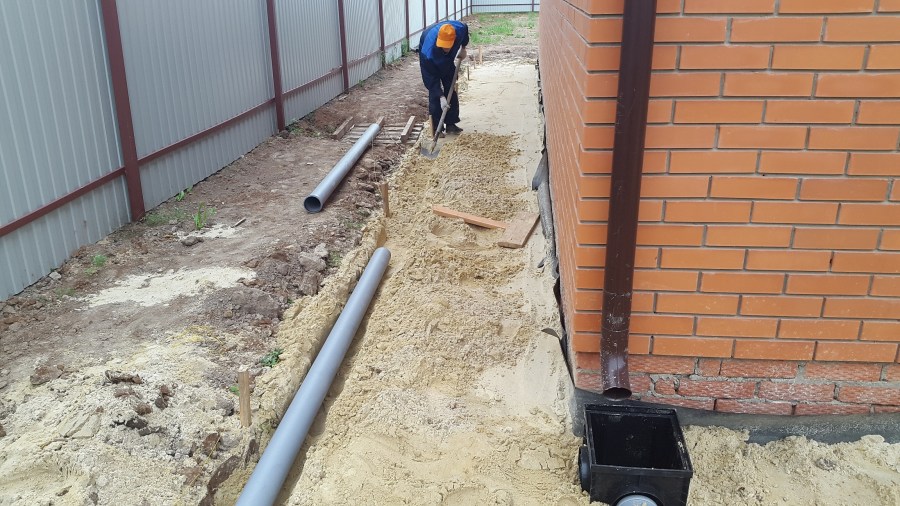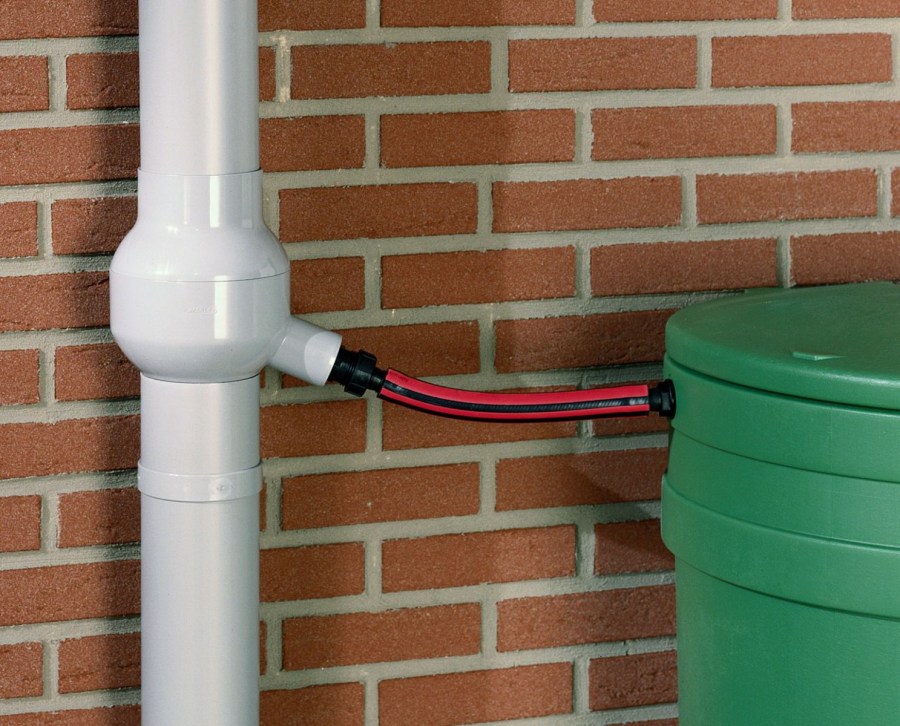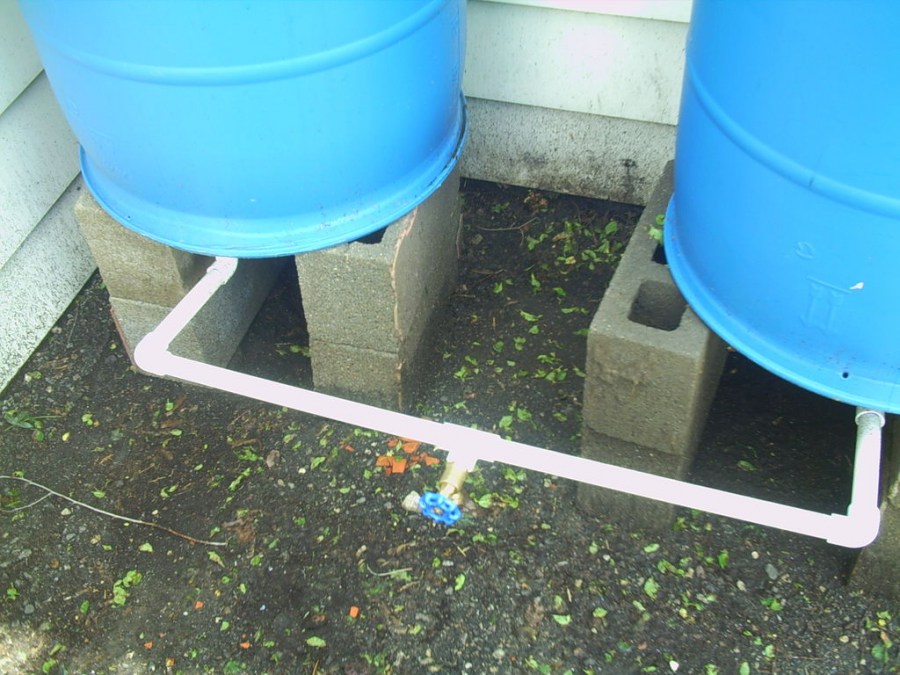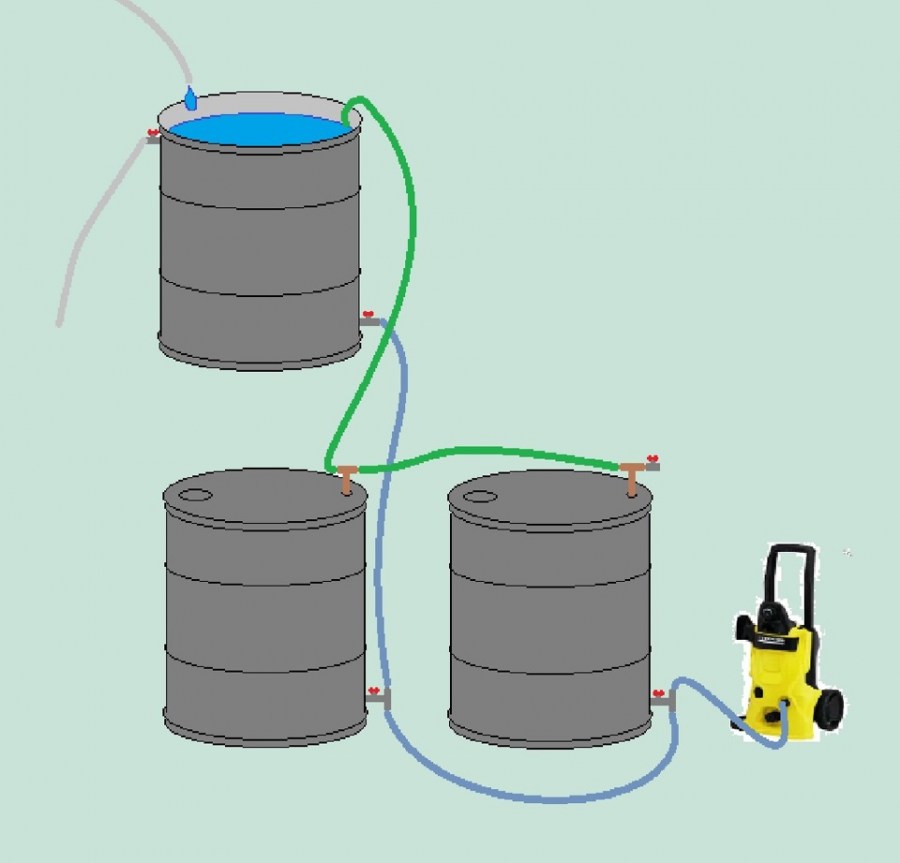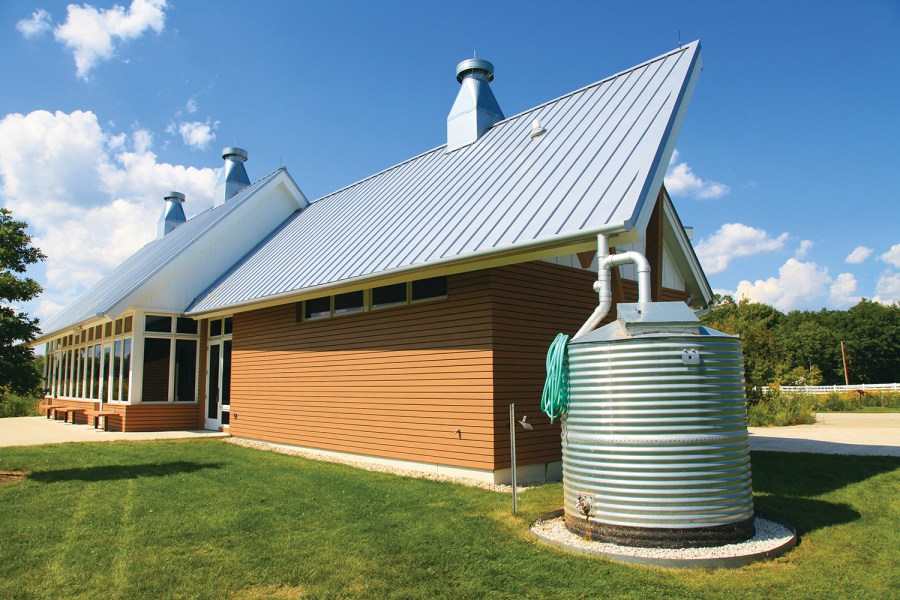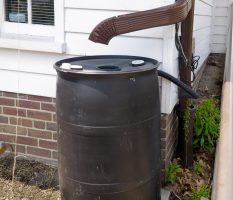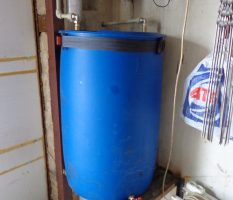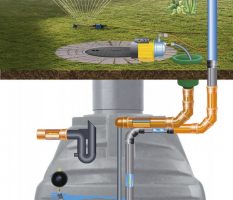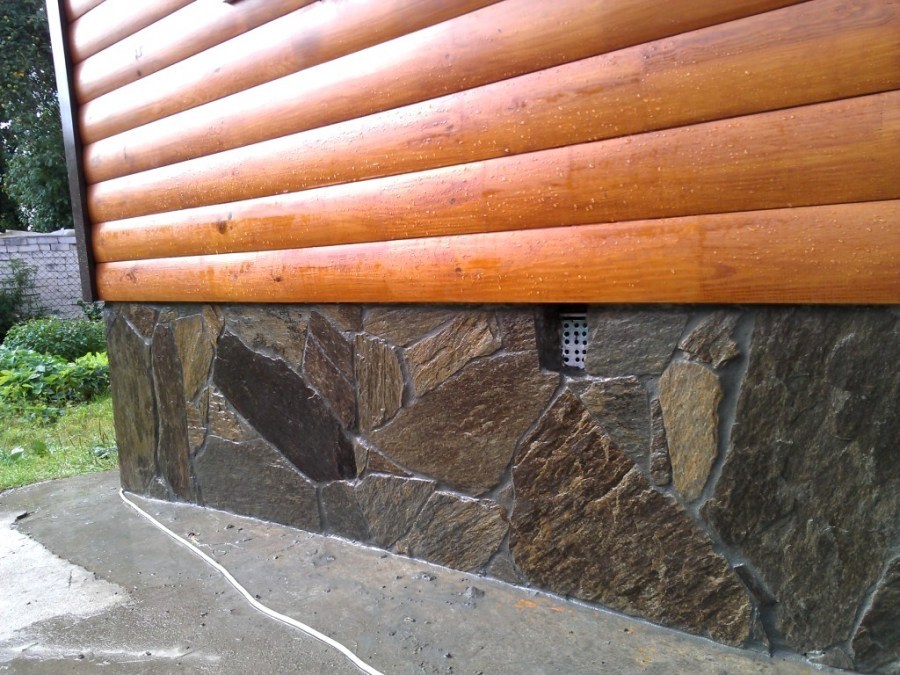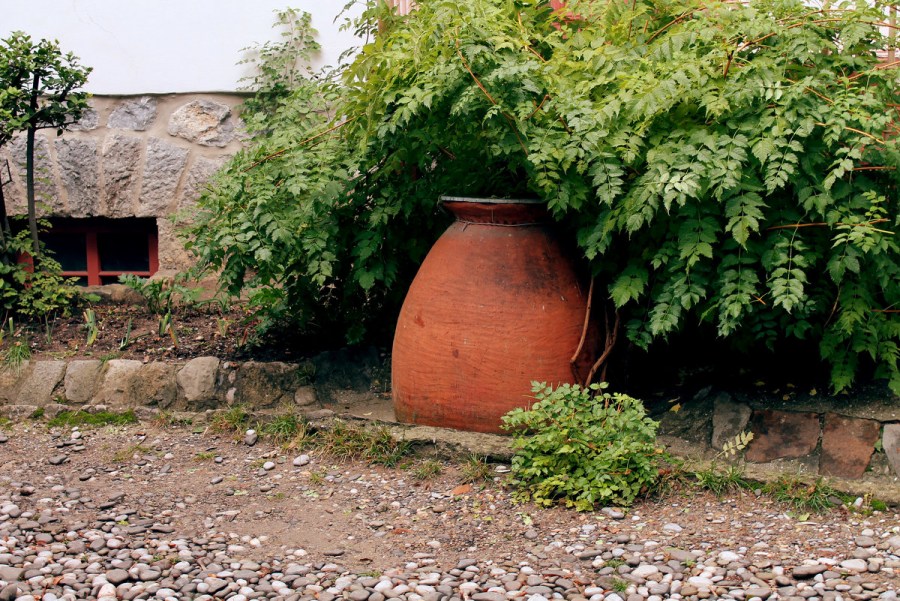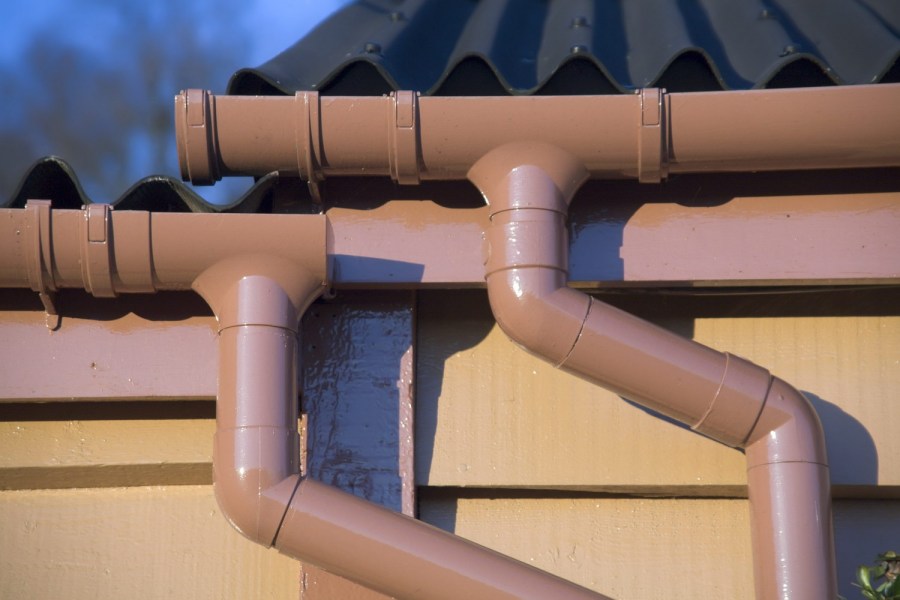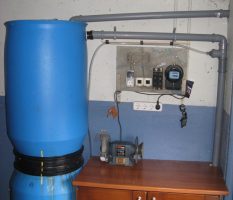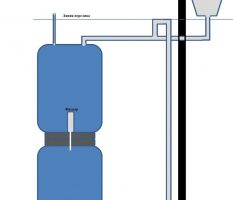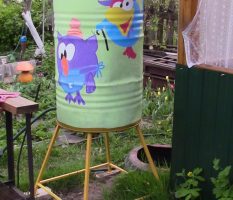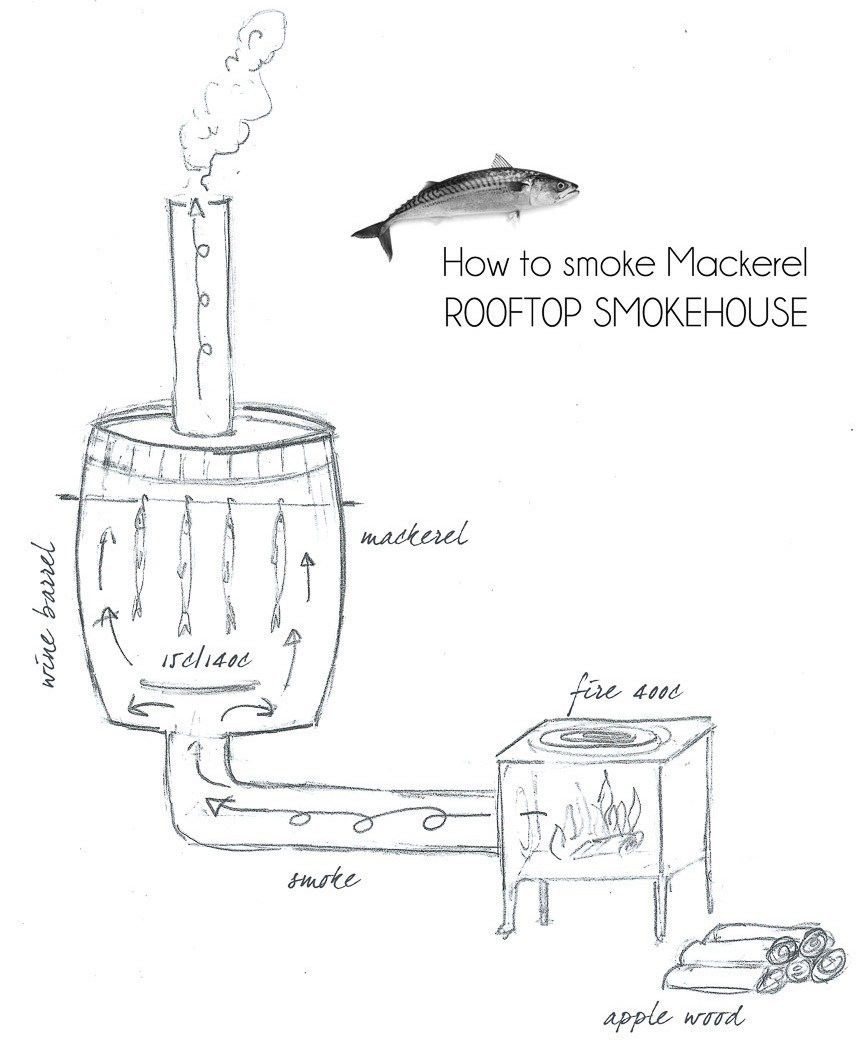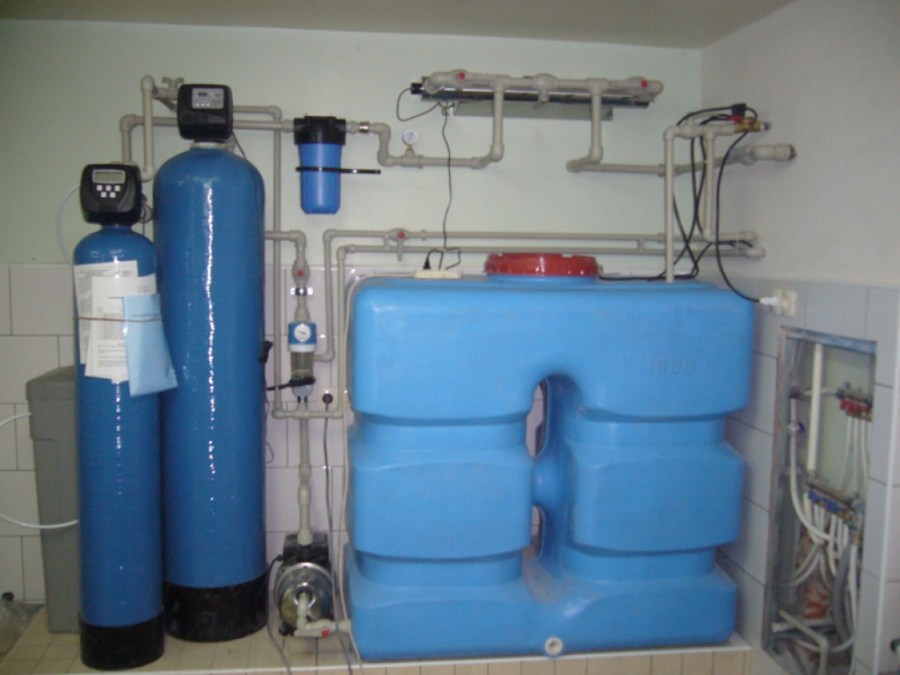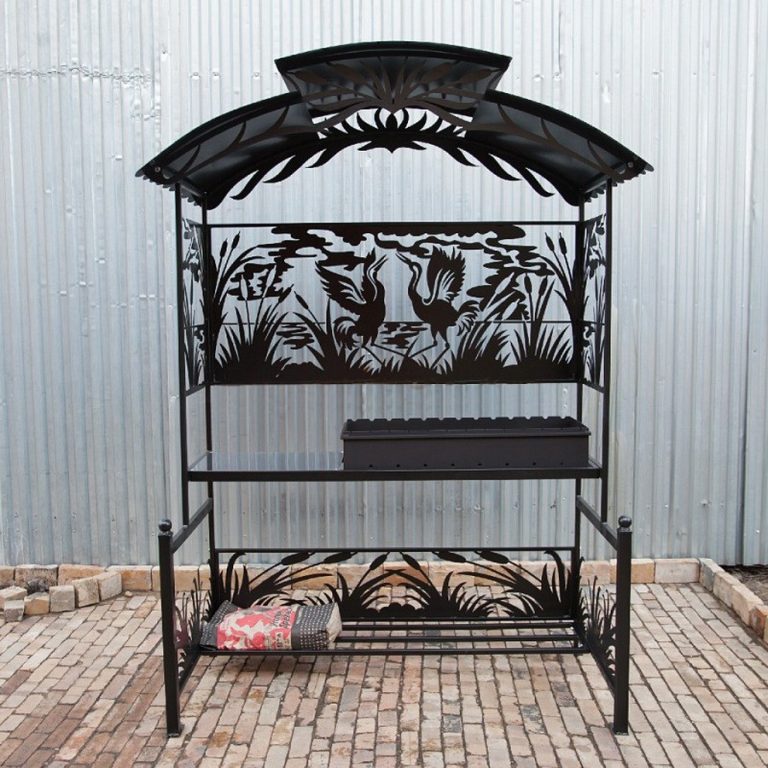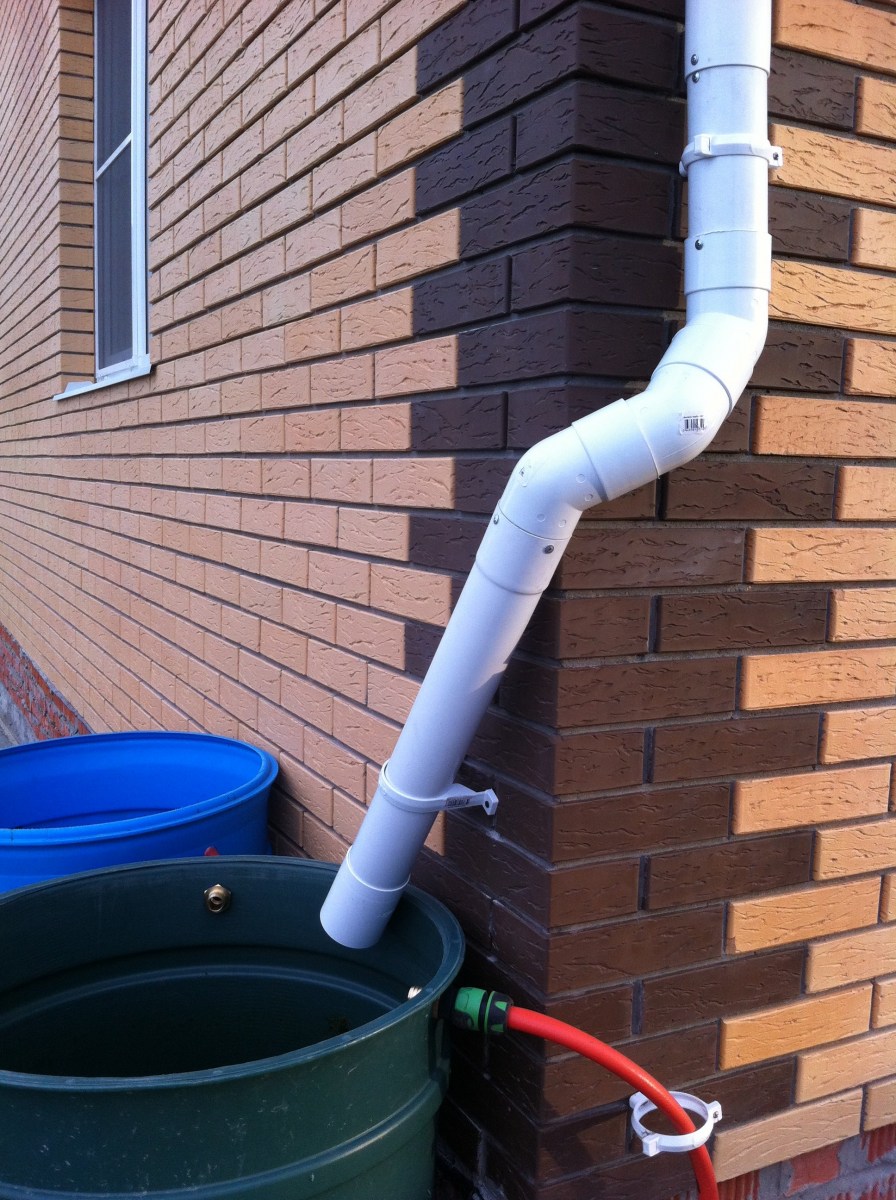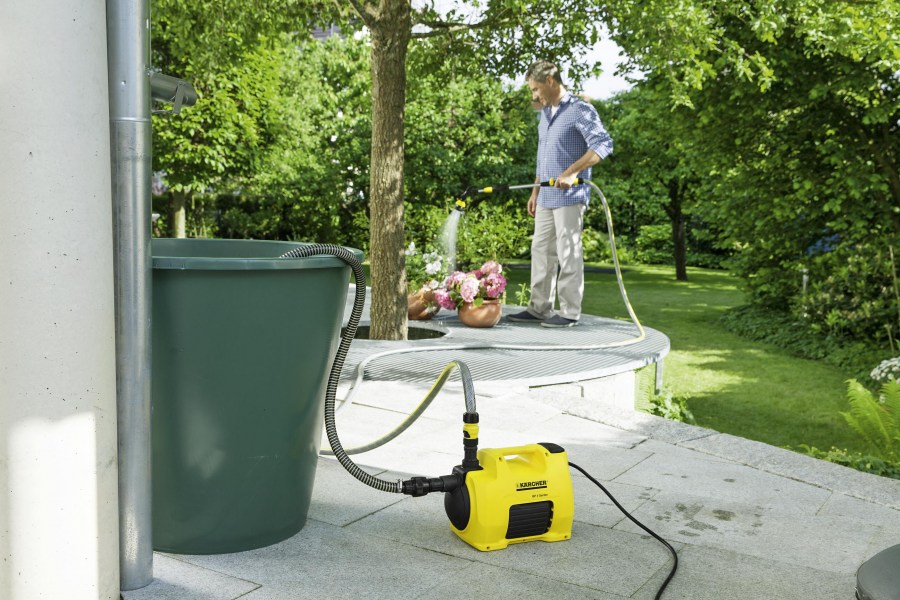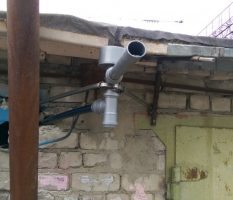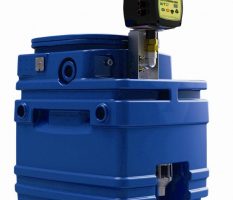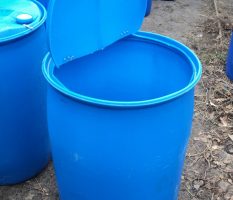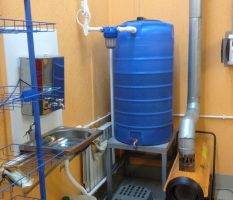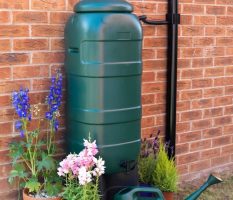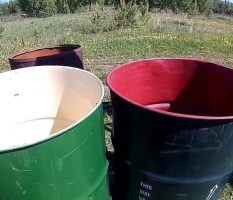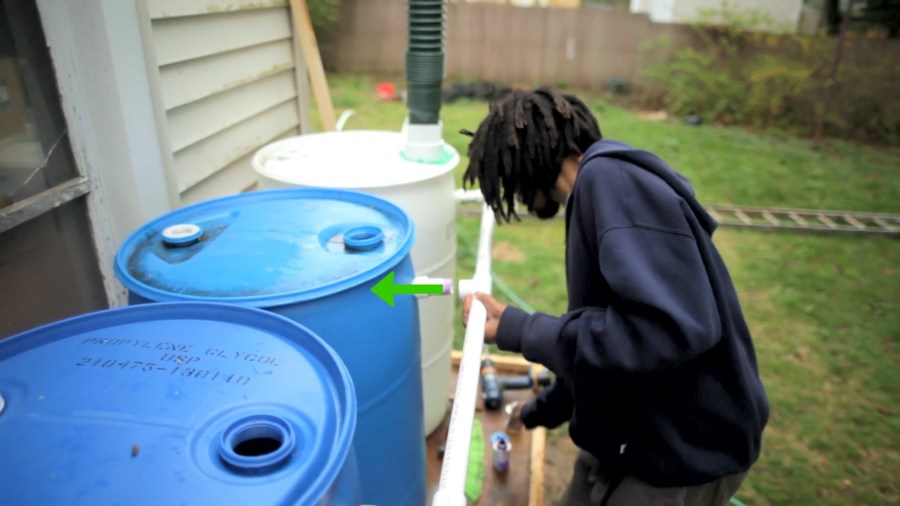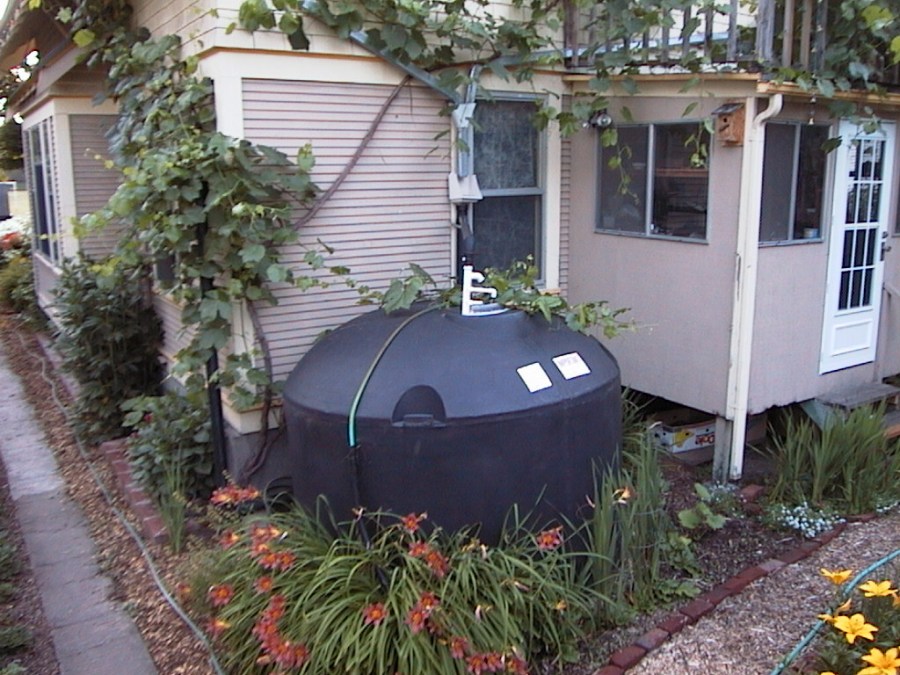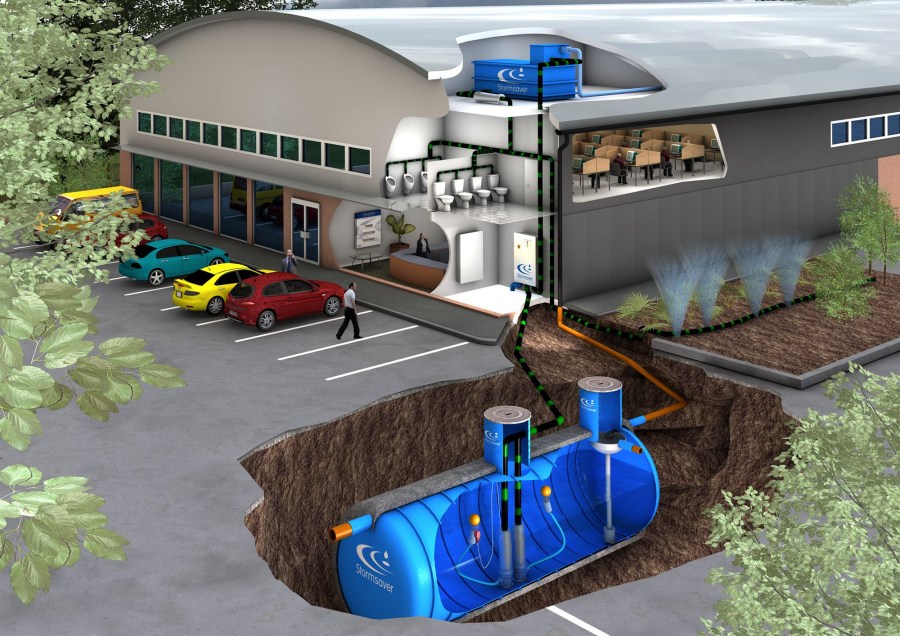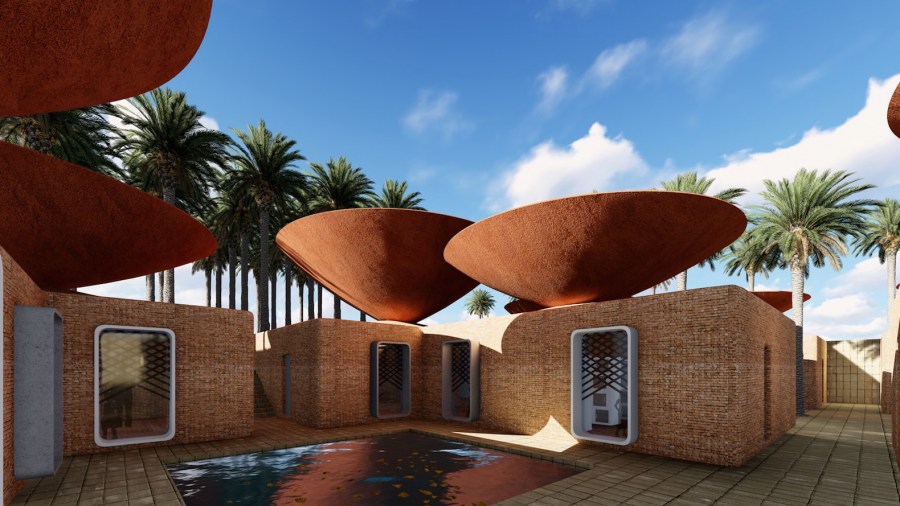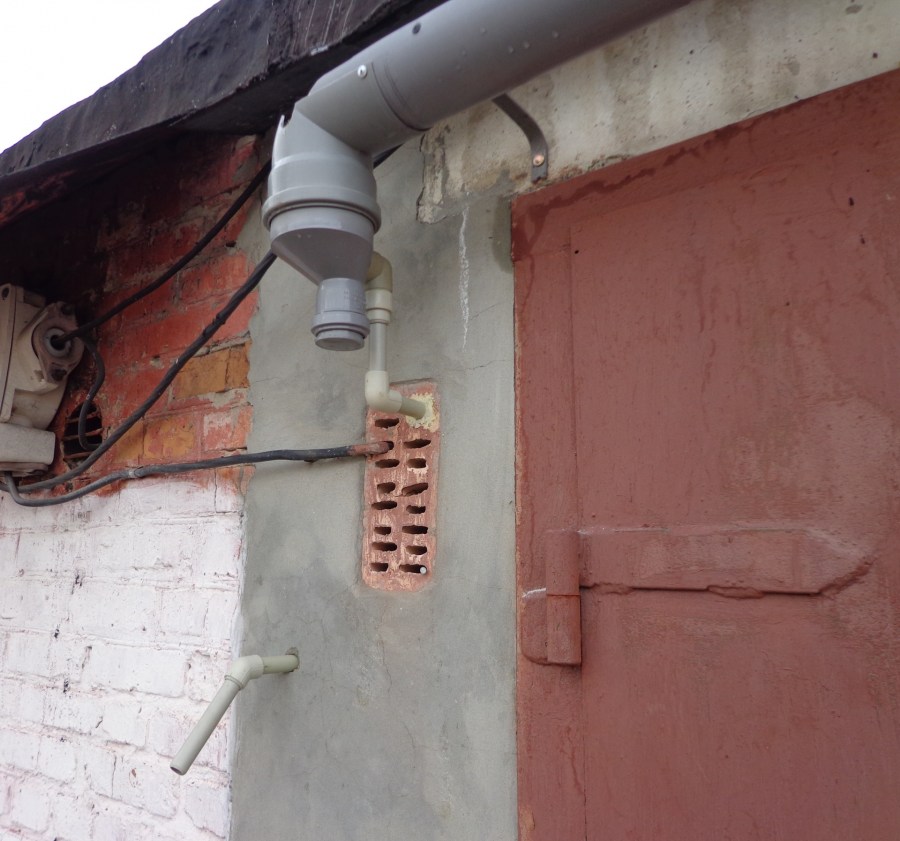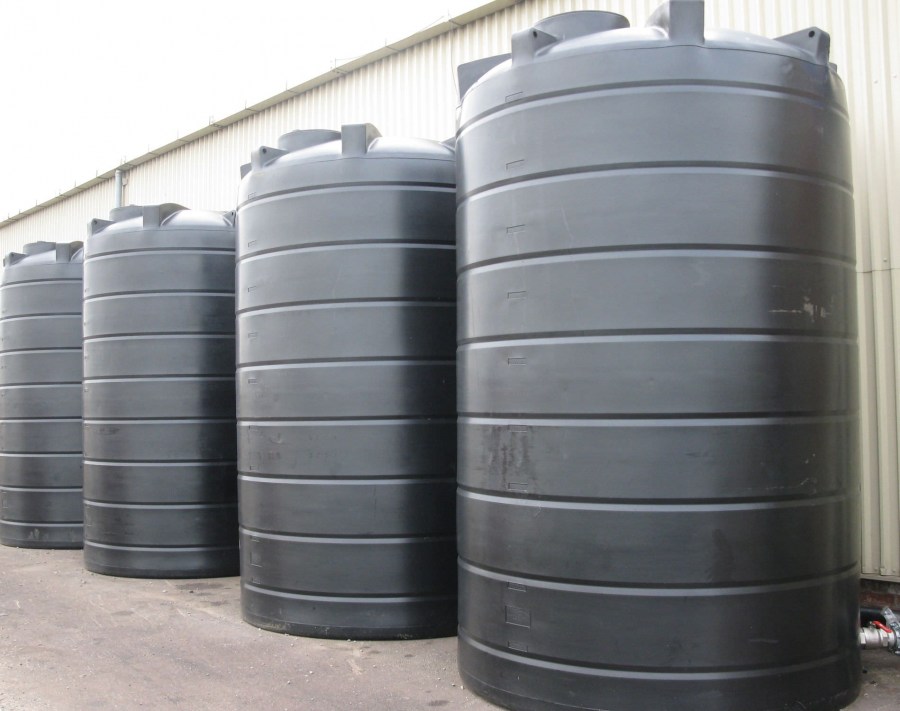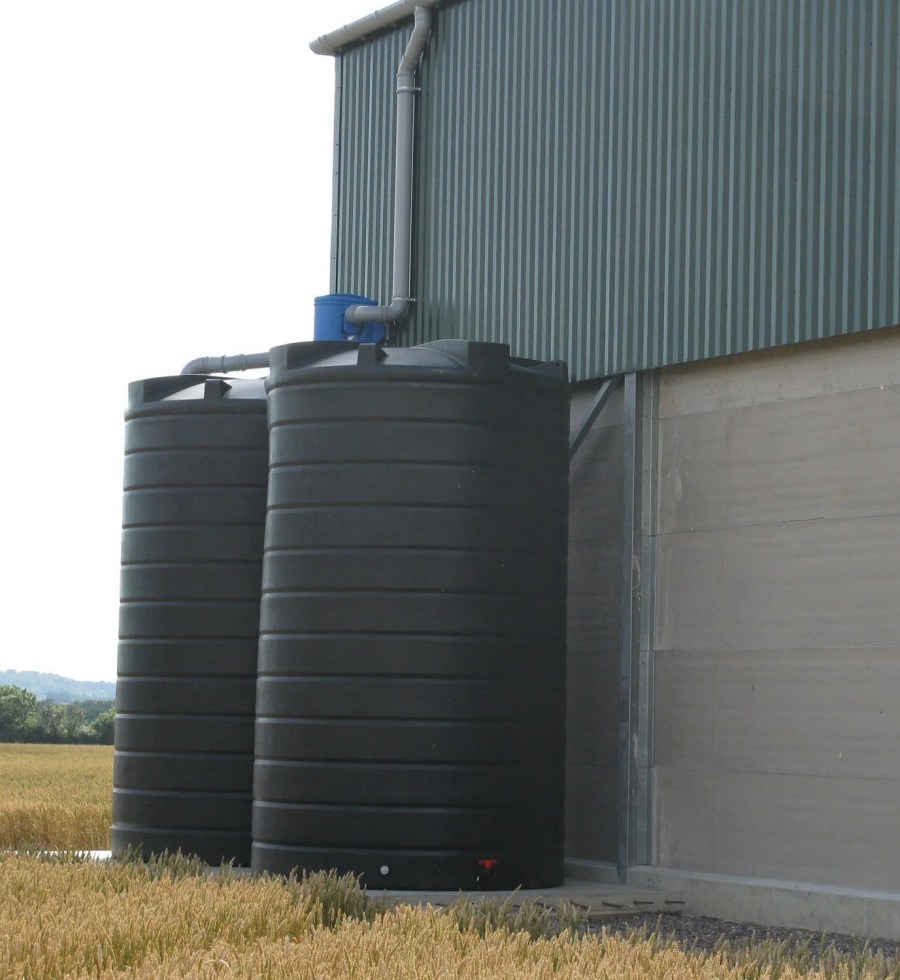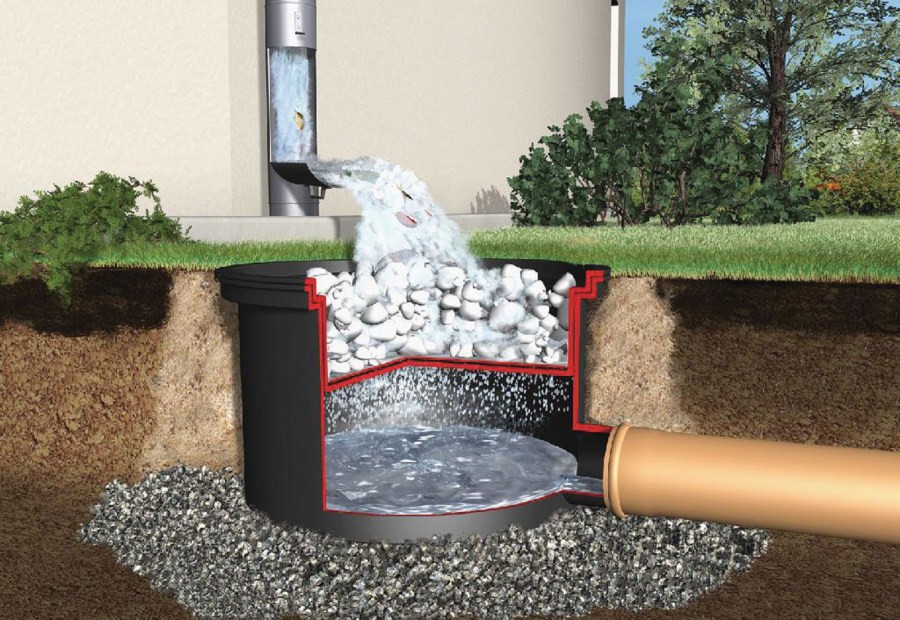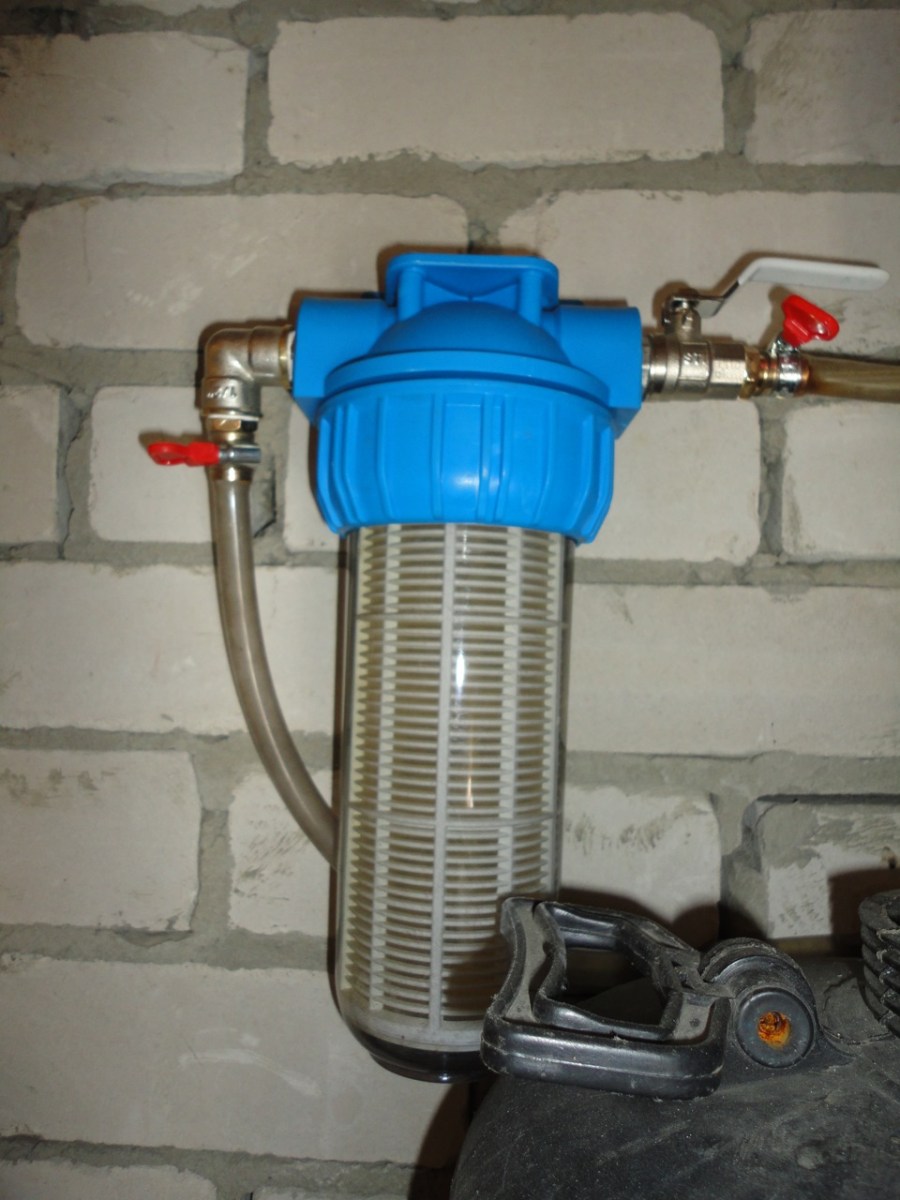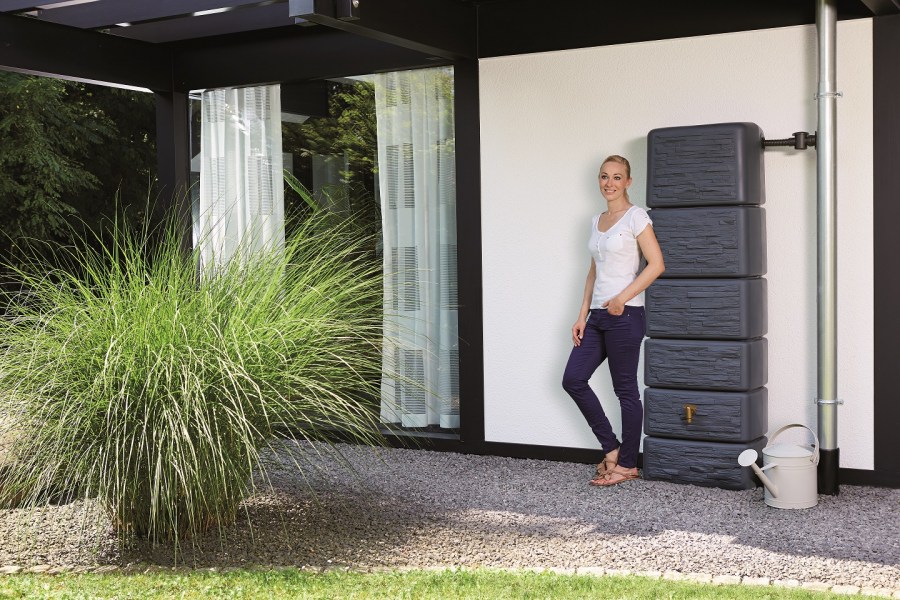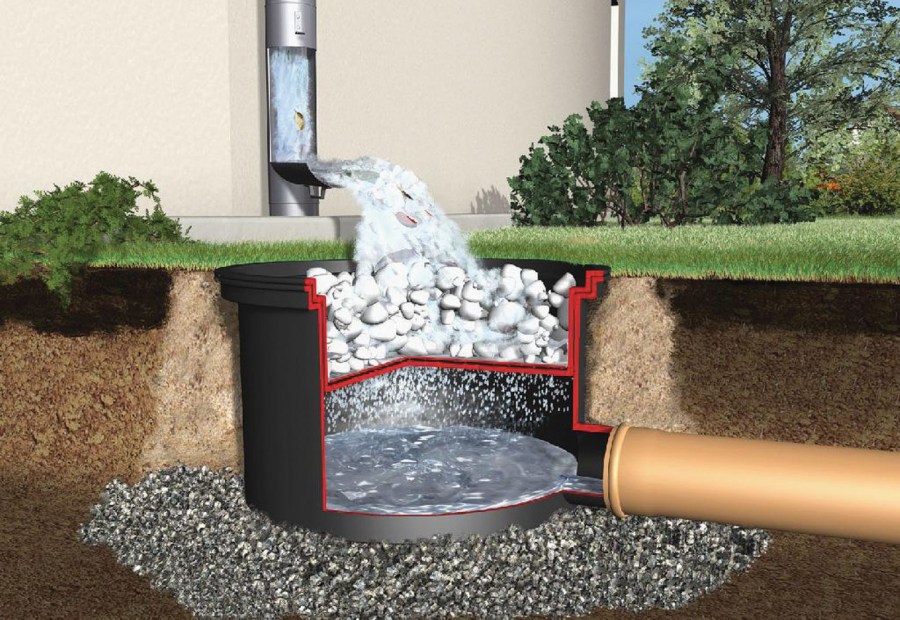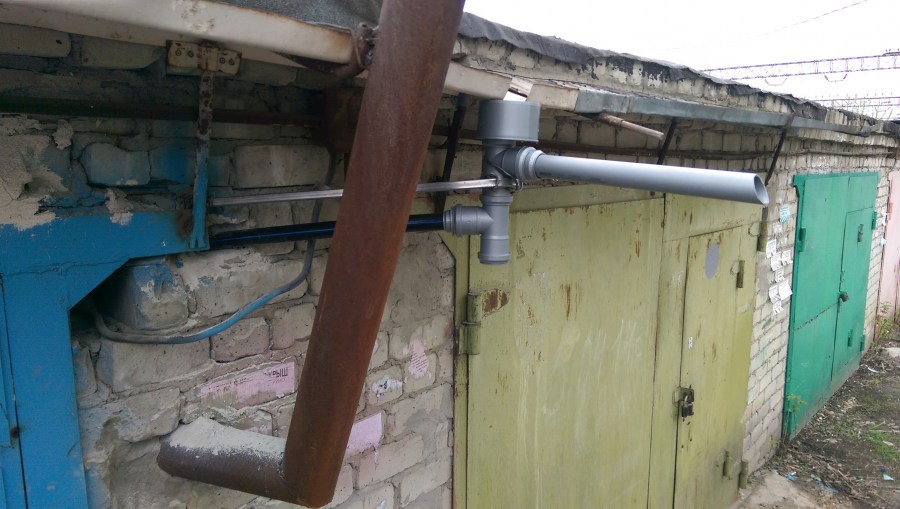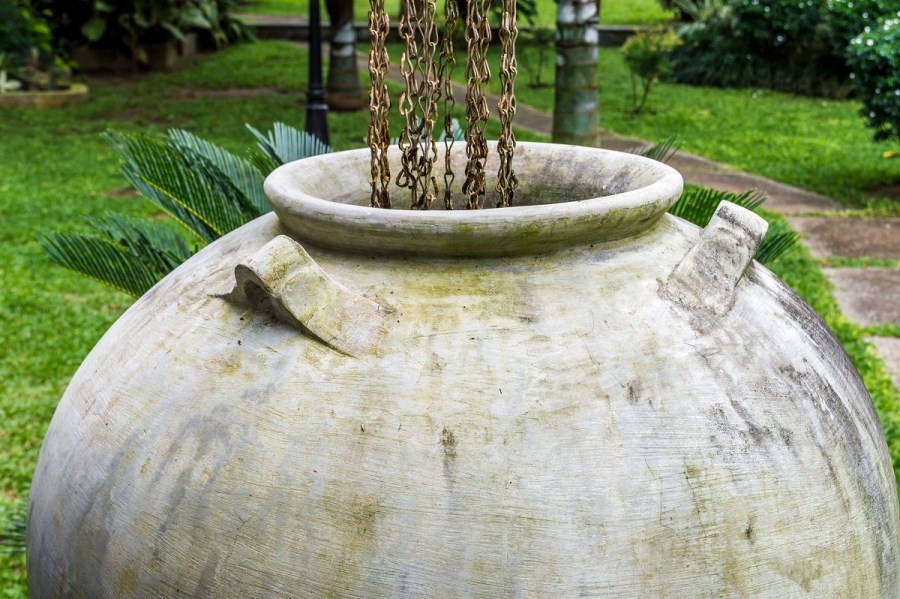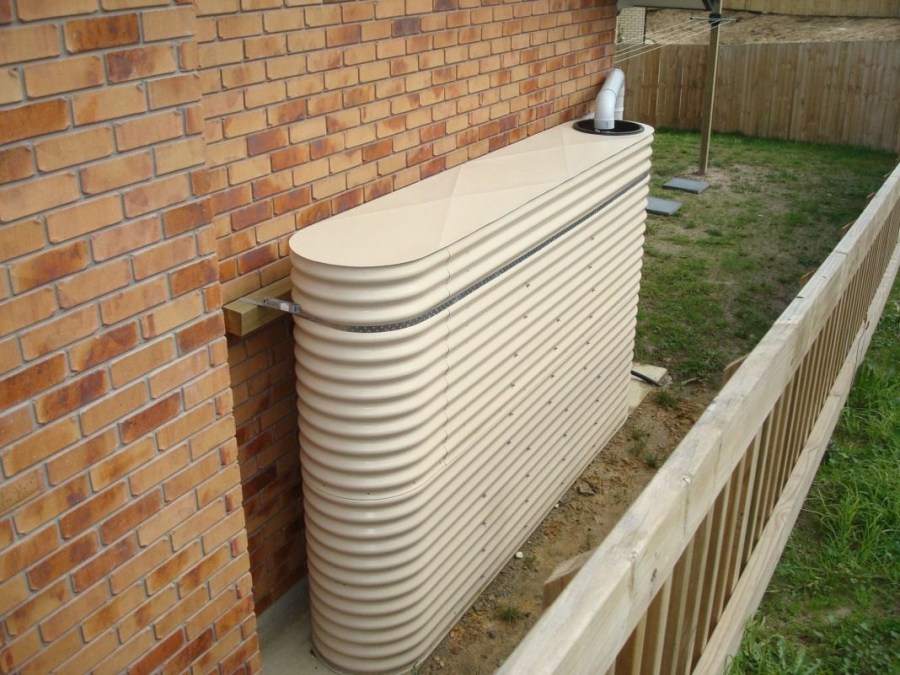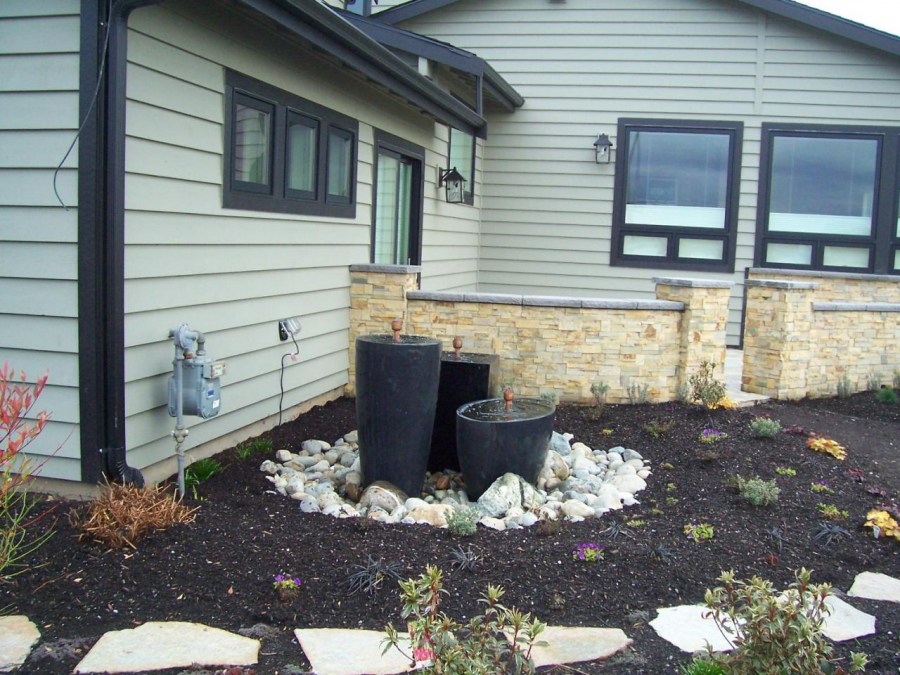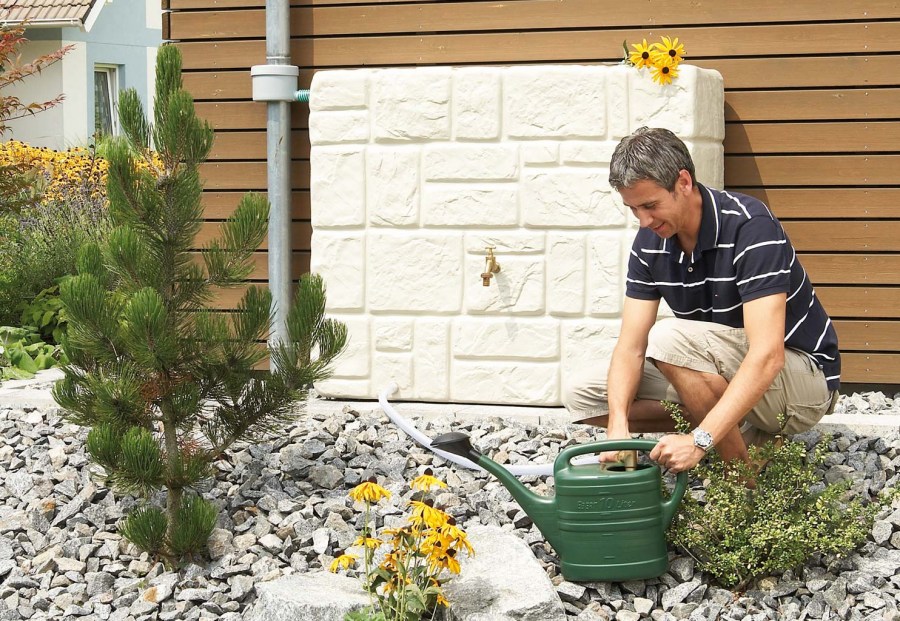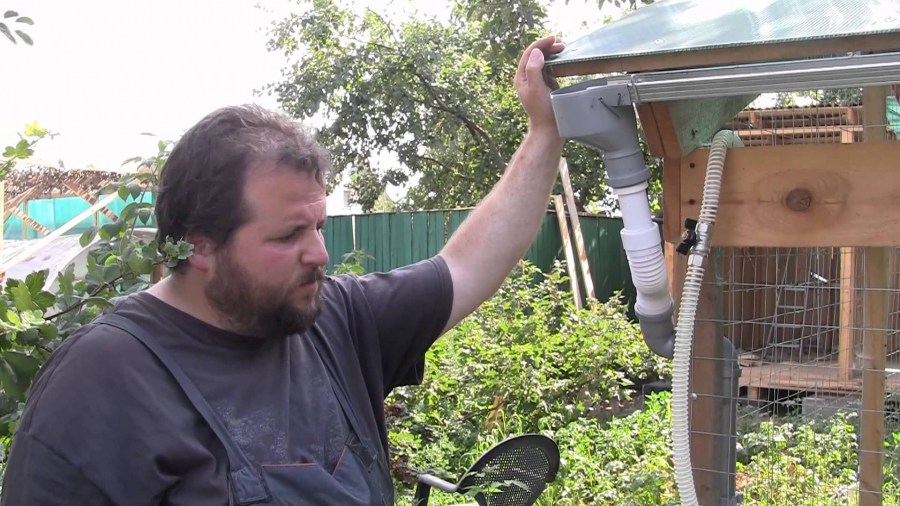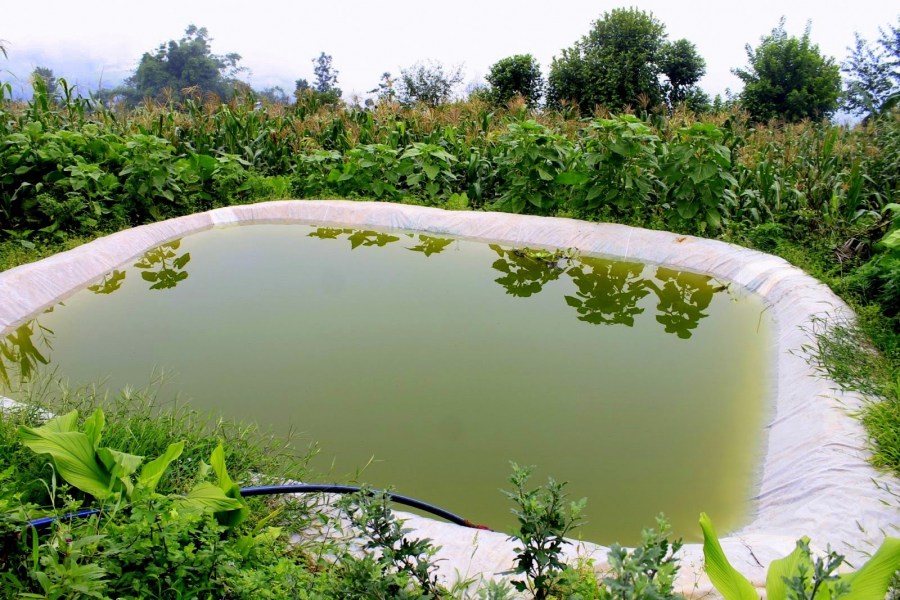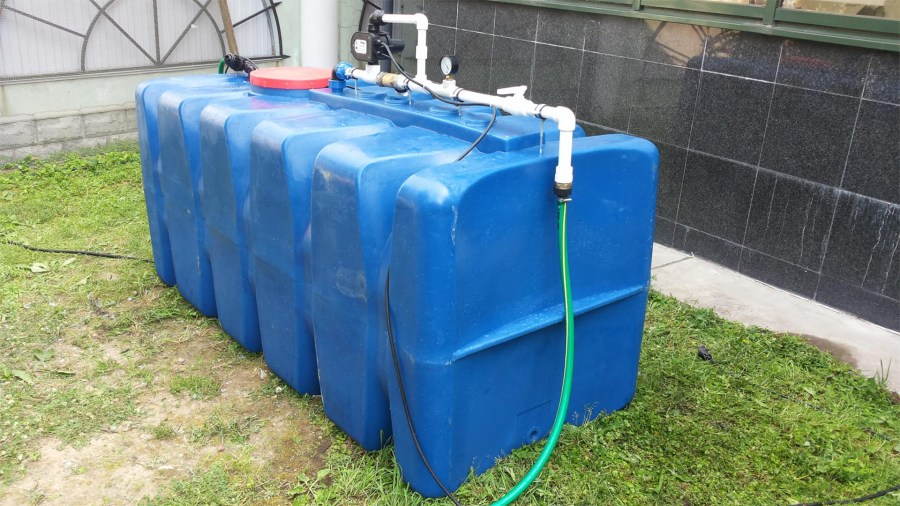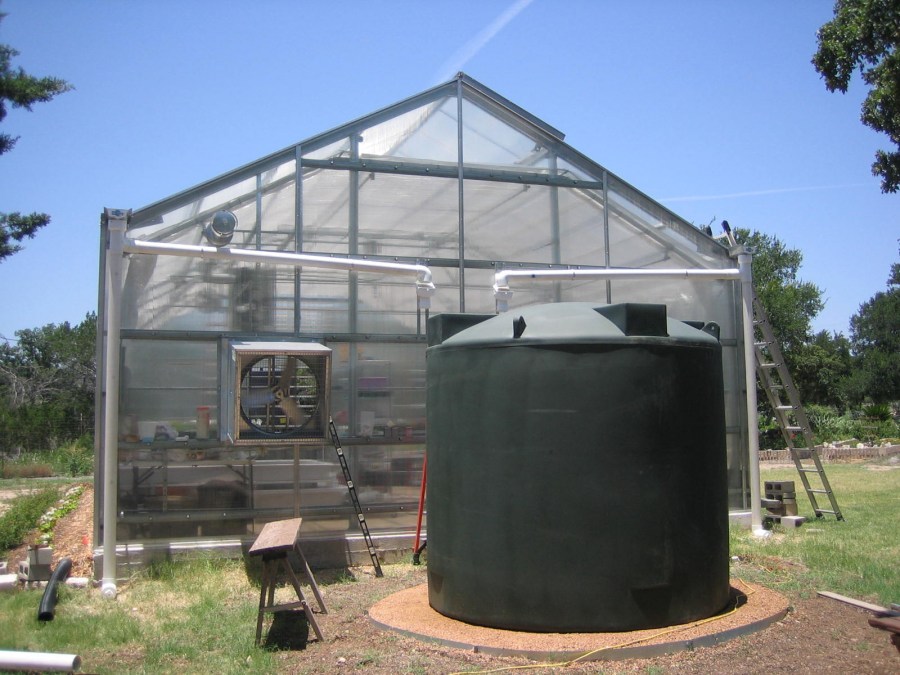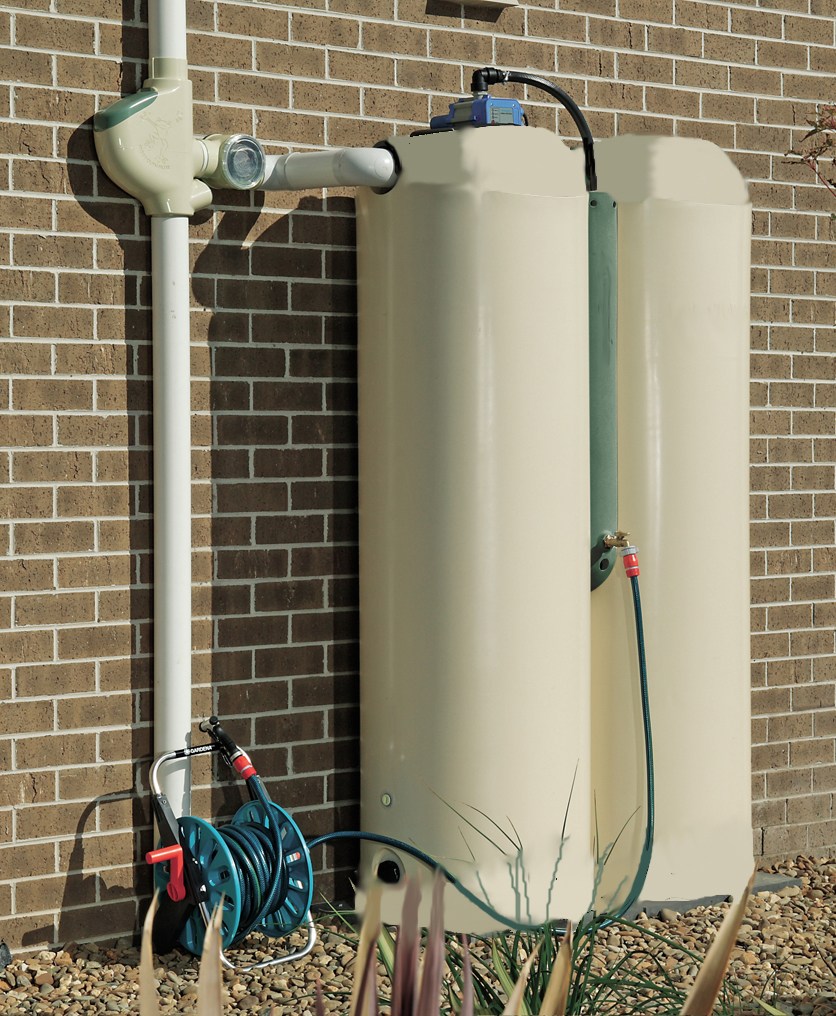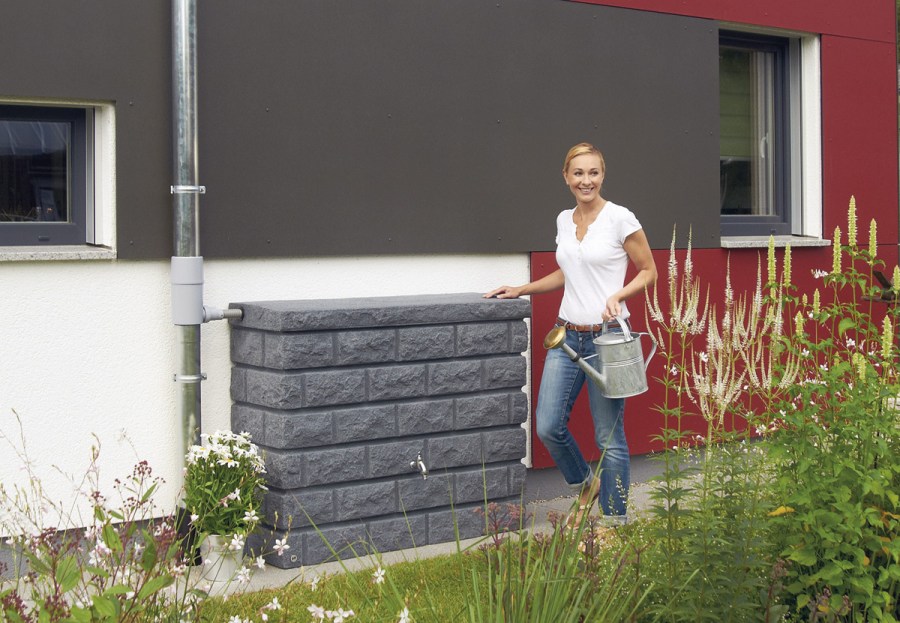Rainwater harvesting - 120 photo do-it-yourself simple system options
Nowadays, water supply is used almost everywhere. It is quite convenient, but energy-consuming (if water is pumping from its well) and the pleasure is not cheap (with general water supply), especially in a private house.
There is an affordable alternative - rainfall collection. On average, a person spends from 80 to 170 liters of water per day, not counting the cost of garden irrigation. Rainwater will significantly save costs, of course, in cases where there is no need for drinking water.
For example, it is more profitable to use rainwater for washing and cleaning, as well as for washing a car, flushing toilets. What can we say about the benefits of such natural water for plants, because it is much softer than tap water.
What are the systems for collecting water
The main thing that is required is a suitable reservoir and a water pipe laid from it, as in the numerous photos of rainwater collection that are presented in our article. Additional filters may be needed if it is intended to wash the dishes with water and use them for hygiene.
Elements of a system for collecting water
Storm water inlet. A plastic one is usually used, but cast iron is also possible (a grate, a waste bin and a partition are included). Gutter pipes are connected to the storm water inlet.
A reservoir for the accumulation of water (placed under pipes on the surface or buried in the soil near the dwelling). The material from which the tank is made must not oxidize water and have a certain degree of safety.
A container buried in the ground is preferable. It is more practical, water is stored in a cooled state, which slows down the growth of bacteria. But, you need to consider the depth of groundwater and the degree of freezing of the soil in winter.
Pipeline. To get precipitation into the storage tank, and from it into the home or garden - lay a pipeline, outside it can be PVC products. Pump delivers water to the house. Usually use submersible pumps.
Water collecting tanks
When installing a water supply system, the question often arises: what to collect water? The material from which the tank is made may be the polymer, as the most resistant to various damage factors, tanks from galvanized steel, concrete, etc. are also possible.
The main properties of a suitable material are: its insolubility with water, the composition of the water remains unchanged when interacting with it.
You can purchase a decorative tank that will not only be functional, but also look aesthetically pleasing.
It is not permissible to use containers containing copper and zinc. The effects of direct sunlight on the water storage can be negative, this will cause a rapid growth of microorganisms.
Ideas for Cathedral Water
Tanks for collecting and storing large volumes of water - a pleasure not cheap. Alternative water tanks can be made. They are located most often underground.
Here are some ideas for collecting water:
Place storage tanks for water under the drains, near the walls of the house. You can increase water reserves by connecting barrels to each other (create connecting vessels).
Make a container at the initial stage of construction, for example, dig in the basement of the garage. Or make a well of tires under the garage (preferably from KAMAZ tires).
Build a system focused on collecting rainwater from the garage. To do this, you need: a chute for collecting water, a hose (tightly attached to the water tank), a plumbing valve for the tank (which closes it when filling), a mechanical filter in front of the valve, a drainage pump with a float switch. Excess water will flow out of the gutter without getting into the garage from the tank.
Dig a covered hole under water accumulation. You can cement it or dig concrete rings. And the bottom is a concrete cover. This method will increase the durability of the tank.
Which planes are suitable for collecting water
Flat roofs are not designed to collect water, or water from such roofs can be used for irrigation, mopping. Water on such a roof is collected in puddles; it cannot be effectively used for various purposes, especially hygienic. It is more affordable to collect water from the roof if it is tilted by at least 8-10 degrees.
It is strongly not recommended to use precipitation from a roof made of materials containing copper, asbestos or lead. Clay tiles are considered environmentally friendly. Roofing iron, PVC are favorable for collecting rainwater.
The remaining drainage elements also should not contain hazardous substances, suitable materials for them - stainless steel, plastic. It must be remembered - the larger the roof area, the more water will be collected in the end.
Creating a rainwater drainage system
Where to start the process of creating a gutter installation? How to make a waste system?
For the installation of an above-ground water collection system, start by calculating the location of the funnels, the length of the pipe, and taking into account the slope of the gutter. You should also choose the storage tank of the desired volume. The ideal volume should not be less than 5% of the amount of expected precipitation (the average level of precipitation is displayed on the sites of local weather services), otherwise frequent overfilling is possible.
Funnels and pipes are placed on the gutter, the distance between which should not exceed 10 m in order to avoid water flowing out over the edge of the gutter and violating the integrity of the system.
It would be nice to estimate the amount of precipitation, to think what needs the water will go for, for how long it will last. You can install the tank directly on the ground, or use the platform.
A pipe is brought to the water collection tank, through which water flows into it from the roof. Practical in the operation of PVC pipes for outdoor use.
Initial installation options are available. First, install a water tank, then a pipeline is led up from it to the roof, or first a drainage system descends from above, and a tank is mounted under it.
For the installation of an underground water storage system, the drainage system remains the same, but the tank is located underground or in the basement of buildings. Dig a hole, which should be much larger than the tank itself. It is advisable to fill the bottom of the resulting pit with sand by 20-30 cm.
Next, you need to place a tank for storing water in the pit, fill the free space around it with sand. At this stage, bring hoses or pipes into the barrel, place the pump. Cover the tank with a lid to prevent debris and water evaporation.
The pump can be used submersible (installed in the upper part of the barrel) or centrifugal (located next to the tank, the lower the better). If you install a filter system in pipes or in the tank itself, water can be used not only for technical but also for domestic purposes.
To keep the drainage system in good condition until spring, you need to drain all the water from the tank, dry the pump and move it into the room. Close the empty container itself tightly with a lid and bury it with sand.
Caring for the rainwater collection system
The drain should be cleaned from dirt and leaves from time to time. It is advisable to equip a metal grate with a drain from the roof. It is better to install such a mechanical filter, not on the neck of the drain, but in the place where it goes from vertical to inclined, on the way to the water storage tank.
If there has been no rain for a long time, during the first rain that has begun, you need to disconnect the pipe from the tank so that it rinses properly. This action takes about an hour. Then the pipe is returned to the place and the capacity for collecting water is filled.
It is necessary to change the filters as they become dirty, periodically clean the grids of the mechanical filters, then the water will delight with its unusual purity.
In order to collect water in the country does not need large cash and time costs.
Photo of the rainwater harvesting process
Roof made of metal - 140 photos of the finished roof. Installation Instructions + Laying Technology
Perennial flower beds - 85 photos of planting patterns and features of continuous flowering
Where should construction waste be taken - see the overview
Join the discussion:
